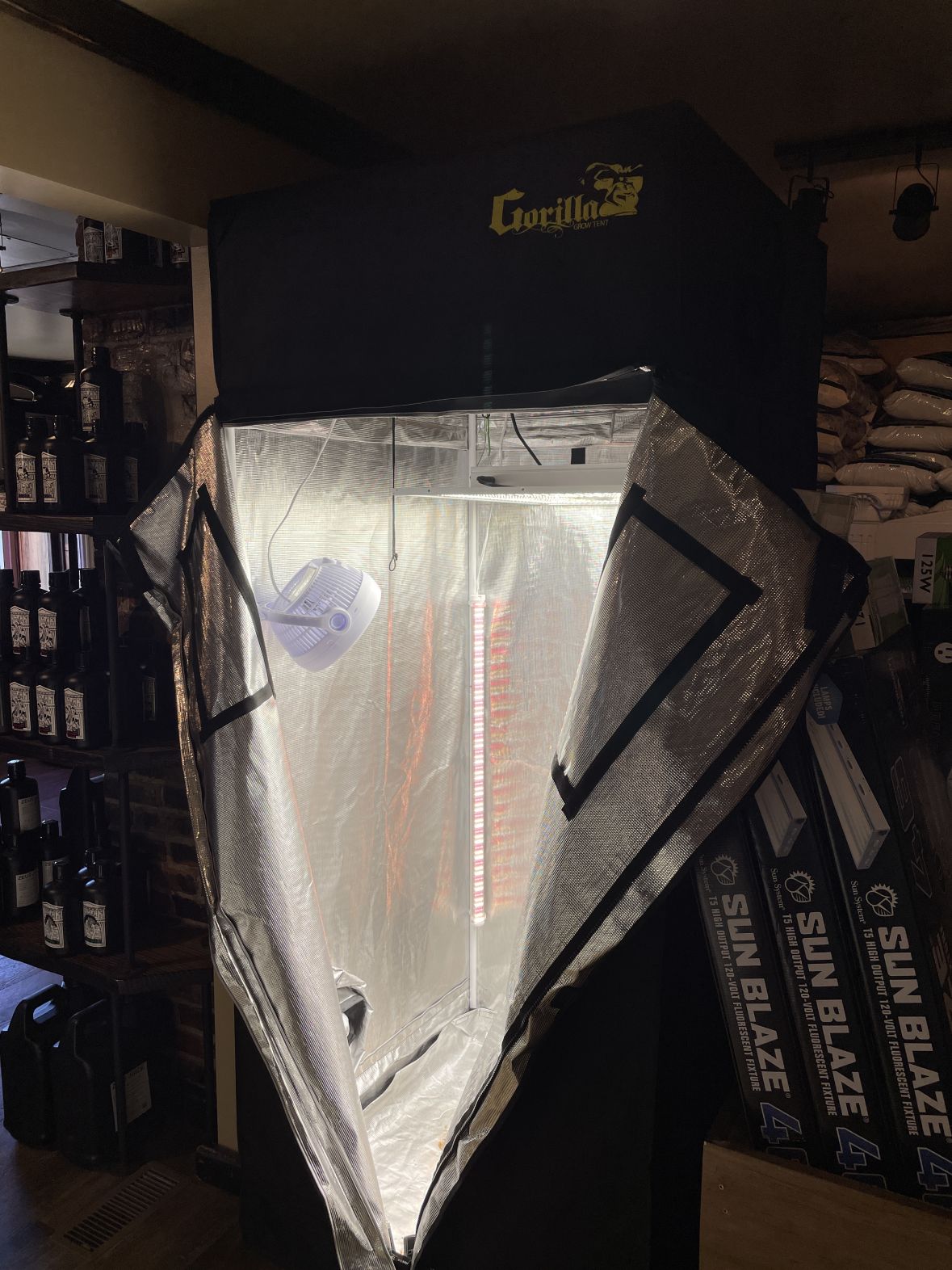The Ultimate Overview to Hydroponic Solutions and Techniques
In the world of modern-day farming, hydroponic systems have actually become an innovative method for cultivating plants without dirt. The careful equilibrium of water, nutrients, and light in hydroponic configurations uses an encouraging choice to standard farming methods. As we discover the complexities of hydroponics in this comprehensive overview, we will navigate with the numerous sorts of systems, check out the essential nutrients crucial for plant development, and dig into innovative methods that can significantly improve returns. What occurs when usual problems arise in hydroponic systems? Keep tuned to unwind the troubleshooting strategies that can make or damage an effective harvest.
Advantages of Hydroponic Systems
Hydroponic systems provide a wide variety of benefits, consisting of reliable source utilization and accurate nutrient shipment to plants. By offering a regulated atmosphere for plant development, hydroponic systems make it possible for optimum water and nutrient usage, leading to higher yields compared to typical soil-based farming. This performance not just preserves sources yet additionally decreases waste, making hydroponic systems ecologically friendly.
Additionally, the exact shipment of nutrients in hydroponic systems enables personalization based on the particular needs of each plant variety. This targeted approach ensures that plants obtain the appropriate equilibrium of necessary nutrients, advertising healthier growth and minimizing the risk of nutrient deficiencies or inequalities. In addition, the capacity to readjust and monitor nutrient levels in real-time maximizes plant performance and overall crop top quality.
Additionally, hydroponic systems remove the demand for pesticides and herbicides, as the closed-loop system minimizes the danger of pests and conditions that are frequently found in soil-based farming - The Indoor Earthworm. This not only benefits the plants and the atmosphere but additionally contributes to producing cleaner, much healthier plants for usage
Kinds Of Hydroponic Setups

Deep Water Society (DWC) entails suspending plant origins in a nutrient option, enabling ample oxygenation. Nutrient Movie Method (NFT) makes use of a superficial stream of nutrient option moving over the plant origins, supplying a continuous supply of nutrients. Ups and downs systems flood the plant origins at periods, guaranteeing they obtain nutrients and oxygen. Leak systems entail trickling a nutrient option onto the plant roots, offering accurate control over feeding. Aeroponics mists the plant origins with a nutrient option, taking full advantage of oxygen absorption.
Each kind of hydroponic arrangement has its benefits and is suited to various plant ranges and development stages. Recognizing the unique functions of these systems can assist hydroponic cultivators select one of the most appropriate arrangement for their specific demands and choices.
Necessary Nutrients for Hydroponics
In hydroponic systems, plants depend on a precise equilibrium of essential nutrients to thrive and expand effectively. These vital nutrients are crucial for different plant features such as photosynthesis, root development, and overall development.
Along with macronutrients, plants likewise need secondary nutrients like calcium, sulfur, and magnesium, as well as trace elements such as iron, copper, zinc, and manganese (The Indoor Earthworm). These nutrients are essential for guaranteeing that plants have all the needed building obstructs to perform vital biological procedures

Advanced Strategies for Optimum Return
To accomplish ideal returns in hydroponic systems, growers can apply advanced strategies that boost plant development and productivity. In addition, employing methods like plant training and trimming can assist enhance light circulation and air flow, ensuring that all components of the plant receive appropriate light and nutrients. Making use of automated systems for nutrient shipment and surveillance can help maintain optimum nutrient Recommended Site levels, decreasing the threat of deficiencies or inequalities that can impede plant development.
Troubleshooting Common Hydroponic Issues
When confronted with difficulties in hydroponic systems, growers frequently come across typical problems that can impede plant growth and efficiency. One common problem is nutrient shortages, where plants lack necessary elements for healthy development. To battle this, regular tracking of nutrient degrees and adjusting the nutrient remedy appropriately is essential. Another common concern is pH inequality, which can lead to vitamins and mineral lockout and inadequate absorption. Preserving the right pH variety certain to the plant being expanded is vital for optimal nutrient uptake. In addition, poor oxygen levels in the root area can result in root rot and stunted development. Guaranteeing appropriate oygenation and oxygenation of the nutrient service can aid prevent this issue. Insect infestations, such as aphids or crawler termites, can also afflict hydroponic systems. Applying incorporated insect administration techniques and consistently checking plants can assist regulate Discover More Here and avoid invasions. By without delay recognizing and attending to these typical hydroponic problems, farmers can maintain healthy plants and make best use of yields in their hydroponic systems.
Verdict
Finally, hydroponic systems supply many advantages for expanding plants successfully. By making use of different kinds of setups and giving necessary nutrients, cultivators can attain optimal yield via progressed strategies. It is essential to troubleshoot usual issues that might develop in order to maintain an effective hydroponic operation. With careful planning and focus to information, hydroponic systems can change the method plants are cultivated, bring about even more lasting and efficient agricultural practices. informative post
By giving a controlled environment for plant growth, hydroponic systems allow ideal water and nutrient use, leading to higher returns contrasted to traditional soil-based farming. The Indoor Earthworm. Nutrient Movie Strategy (NFT) utilizes a shallow stream of nutrient remedy flowing over the plant roots, providing a constant supply of nutrients. Tracking and adjusting nutrient levels based on plant growth stages is critical to protecting against nutrition deficiencies or poisonings and taking full advantage of plant performance in hydroponic systems
In addition, utilizing strategies like plant training and pruning can aid enhance light distribution and air movement, ensuring that all components of the plant obtain appropriate light and nutrients. Making use of automated systems for nutrient shipment and monitoring can aid preserve ideal nutrient levels, decreasing the danger of shortages or inequalities that can hinder plant growth.